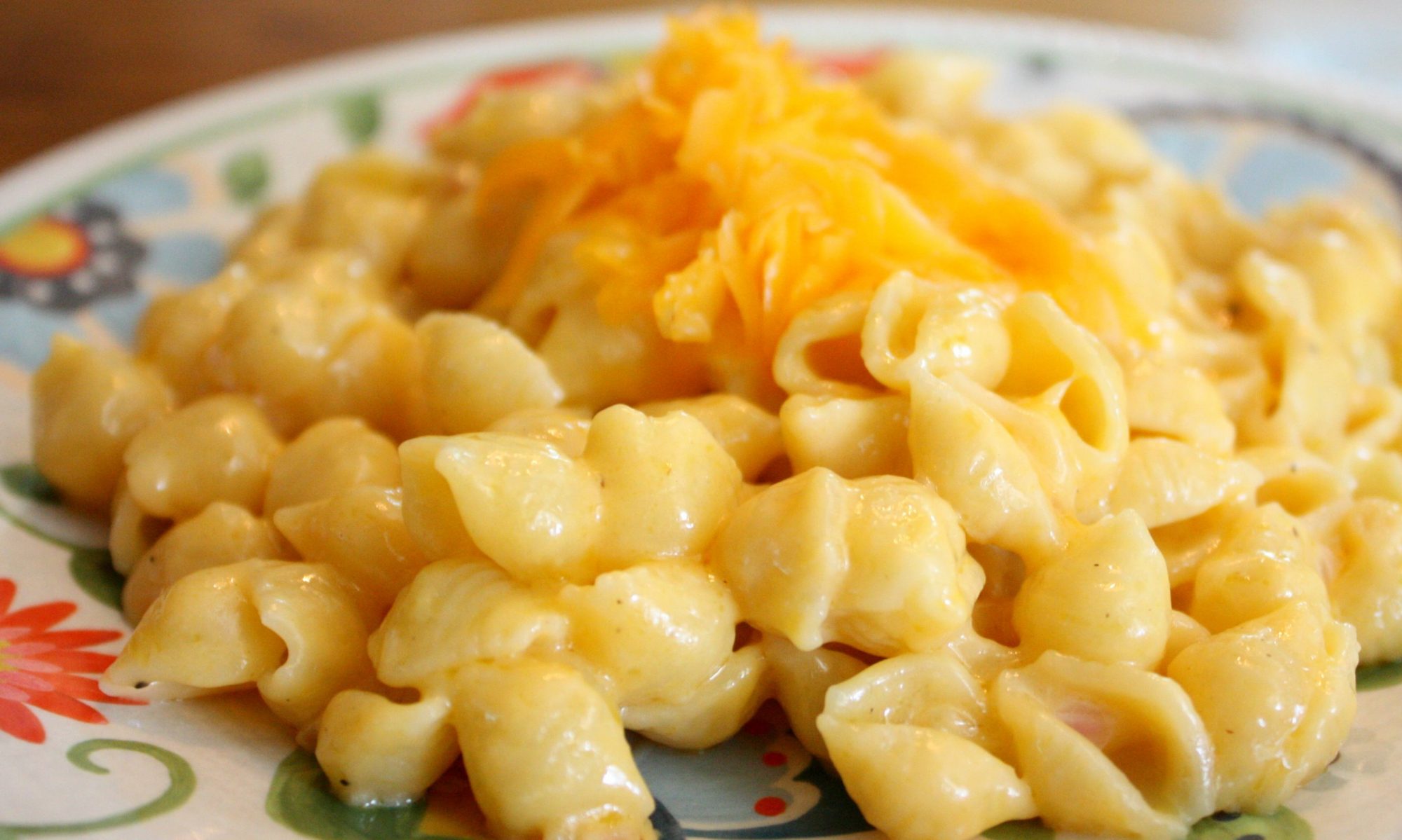Table Salt
Table salt and sea salt have essentially the same basic nutritional value. Both are made up of 2 basic minerals, sodium and chloride. The major differences between table salt and sea salt are in their taste, texture and processing, not their chemical composition.
Table salt is mined from underground salt deposits. Table salt has been mixed with water to make a briny concentrate then evaporated at high temperatures. It is then washed, removing unwanted debris and the essential minerals, dried in a kiln, and bleached for color. This process removes over 72 beneficial trace minerals found in the sea. Table salt usually contains an additive such as aluminum silicate or potassium iodide, and a trace amount of sugar to prevent clumping and to make a conveniently flowing product. Most table salt also has added iodine, an essential nutrient that appears naturally in minute amounts in sea salt.
All industrially refined table salt have these things in common; it’s almost pure sodium chloride, it’s white in color, has small uniform crystals, is moisture free, is quick to dissolve, contains the same additives and most importantly, it all tastes exactly the same.
Sea Salt
Sea Salt is produced through the evaporation of seawater, usually with little processing, which leaves behind some trace minerals and elements depending on the sea water source. These minute amounts of minerals add flavor and color to sea salt, which are also available in a variety of coarseness levels.
Natural sea salt is free of drying agents, free of chemicals for anti-caking, and contains no added iodine. Sea salt also retains from 2% to 8% of the naturally-occurring trace minerals by volume. A natural sea salt has irregular shapes, is moist, clumps in your hand, and sometimes has an off-white appearance. When purchasing sea salt, be carful to buy a natural, unprocessed sea salt. Some sea salt is processed just like table salt to look more “perfect” in the store.
Sea salt attracts moisture from the atmosphere, which is why standard table salt has drying agents added to provide a more free-flowing product. Sea salt does not flow well in a shaker.
If you have a recipe that calls for sea salt and all you have available is table salt, reduce the amount of table salt used by about 1/2. Sea salt is coarser in grind and more irregular in shape so that it has more volume than table salt. A tablespoon of sea salt would be replaced by 1/2 tablespoon of table salt.
Salt Boxes
In times past, salt was kept in boxes made out of pottery, metal or wood. Thses salt storage boxes usually came with hinged or swivel lids that kept the salt clean and dry. Many had a small hole so that the salt box could be hung on a nail. Smaller boxes would be kept on the counter or stovetop for easy access. Also, many houses had small open salt cellars that were used at the table and came equipped with tiny serving spoons.
In the last few years, with salts from around the world becomming much more common, countertop salt boxes are experiencing a resurgance of popularity. Today, modern salt boxes are available in a number of different materials. These include bamboo, metal, porcelain, pottery and many types of wood. When buying a salt box be sure to buy one made out of a food safe material. These salt boxes can also be used to hold and store other dry ingredients such as dried herbs and spices. When purchasing, look for a salt box large enough to scoop out the salt or stored spices using either a measuring spoon or “pinching it out” with your fingers. If you like to have moore than one type of salt readily available, choose a salt box that has multiple compartments.
“Dust of the sea, in you the tongue receives a kiss from ocean night:
Taste imparts to every seasoned dish your ocean essence;
The smallest, miniature wave from the saltcellar reveals to us more than domestic whiteness;
In it, we taste infinitude.”
From “Ode To Salt” by Pablo Neruda
